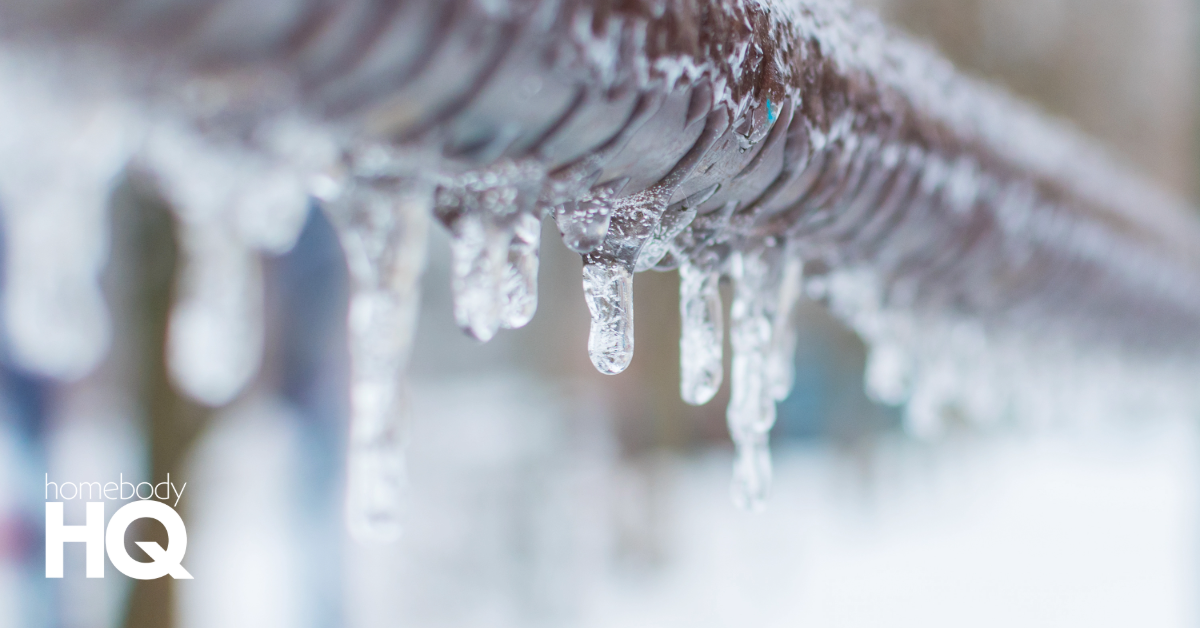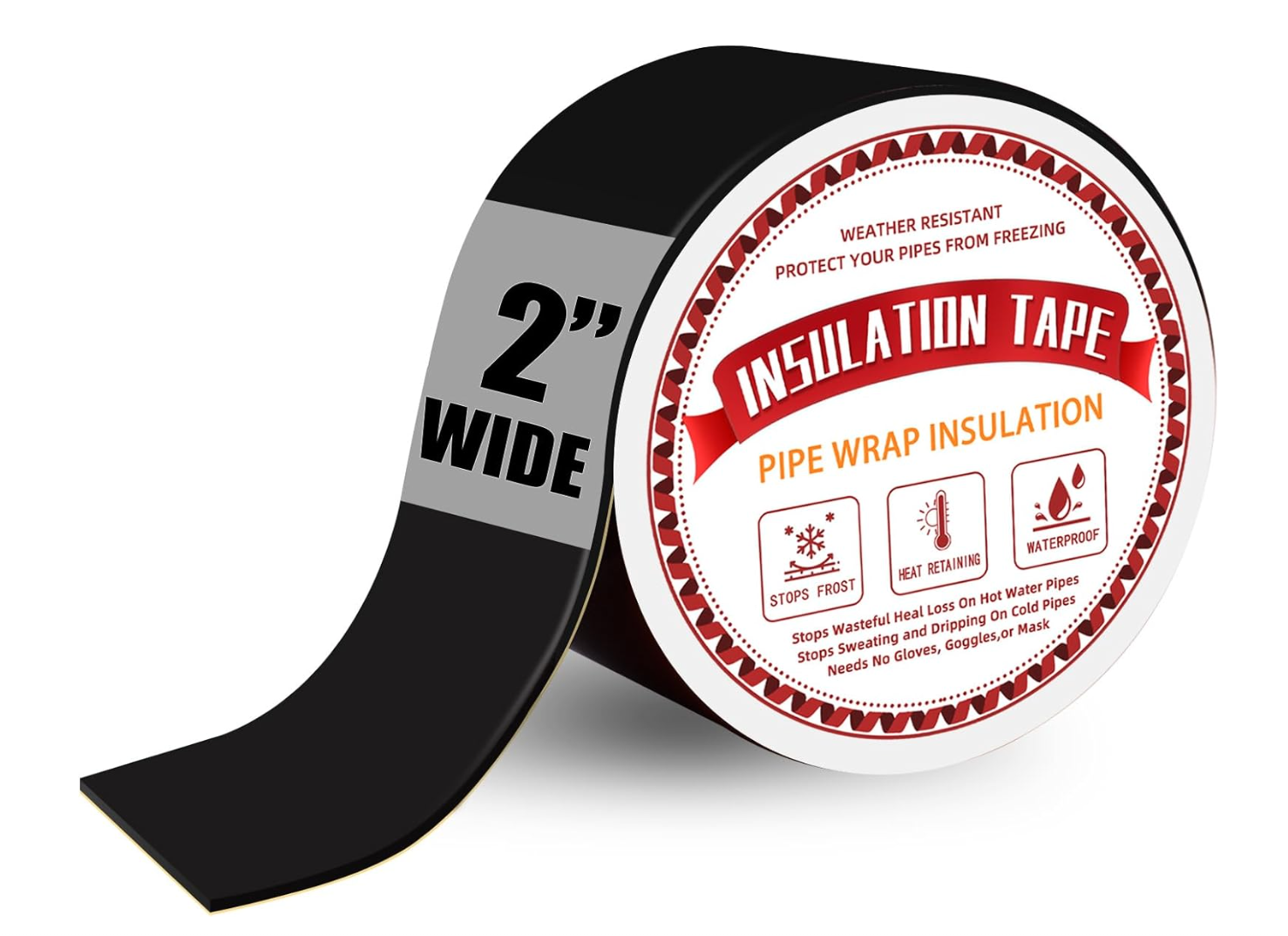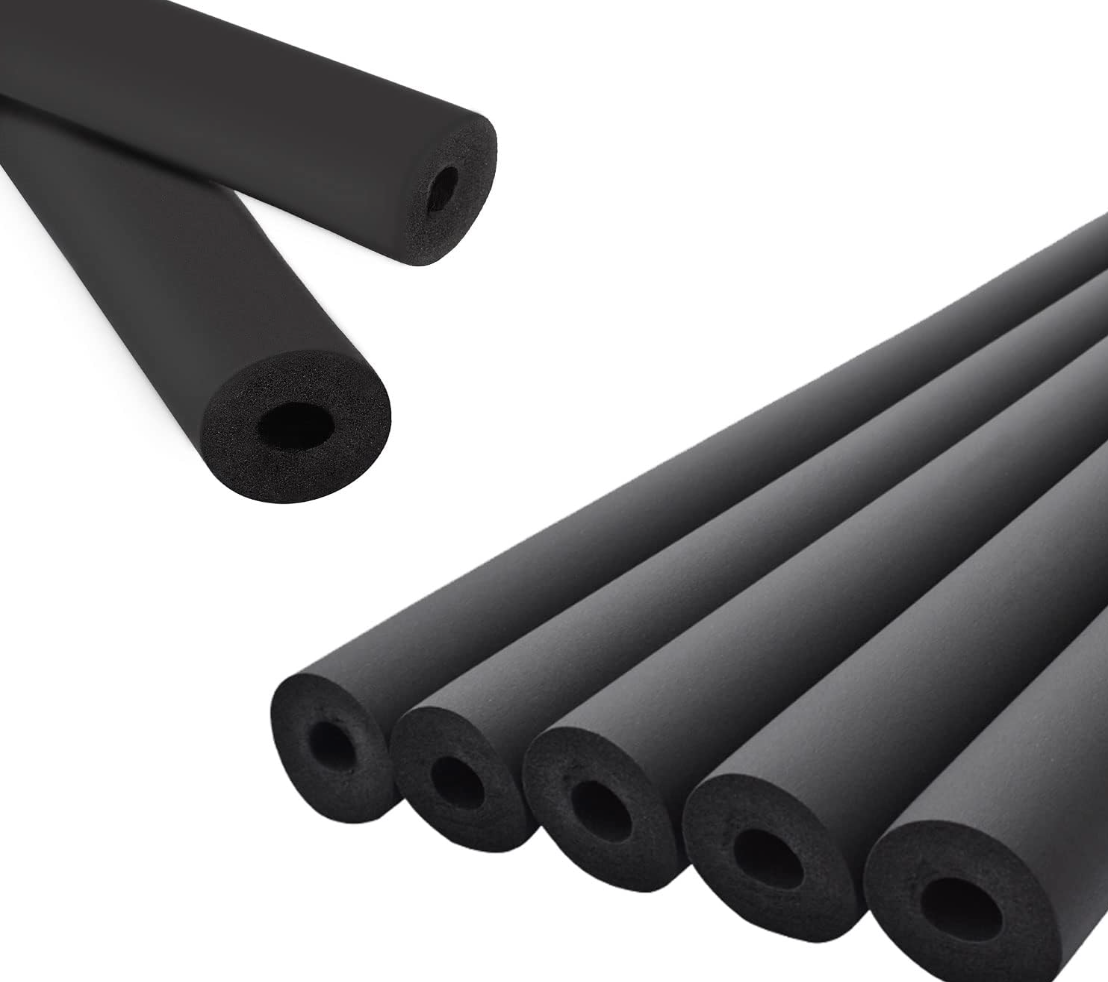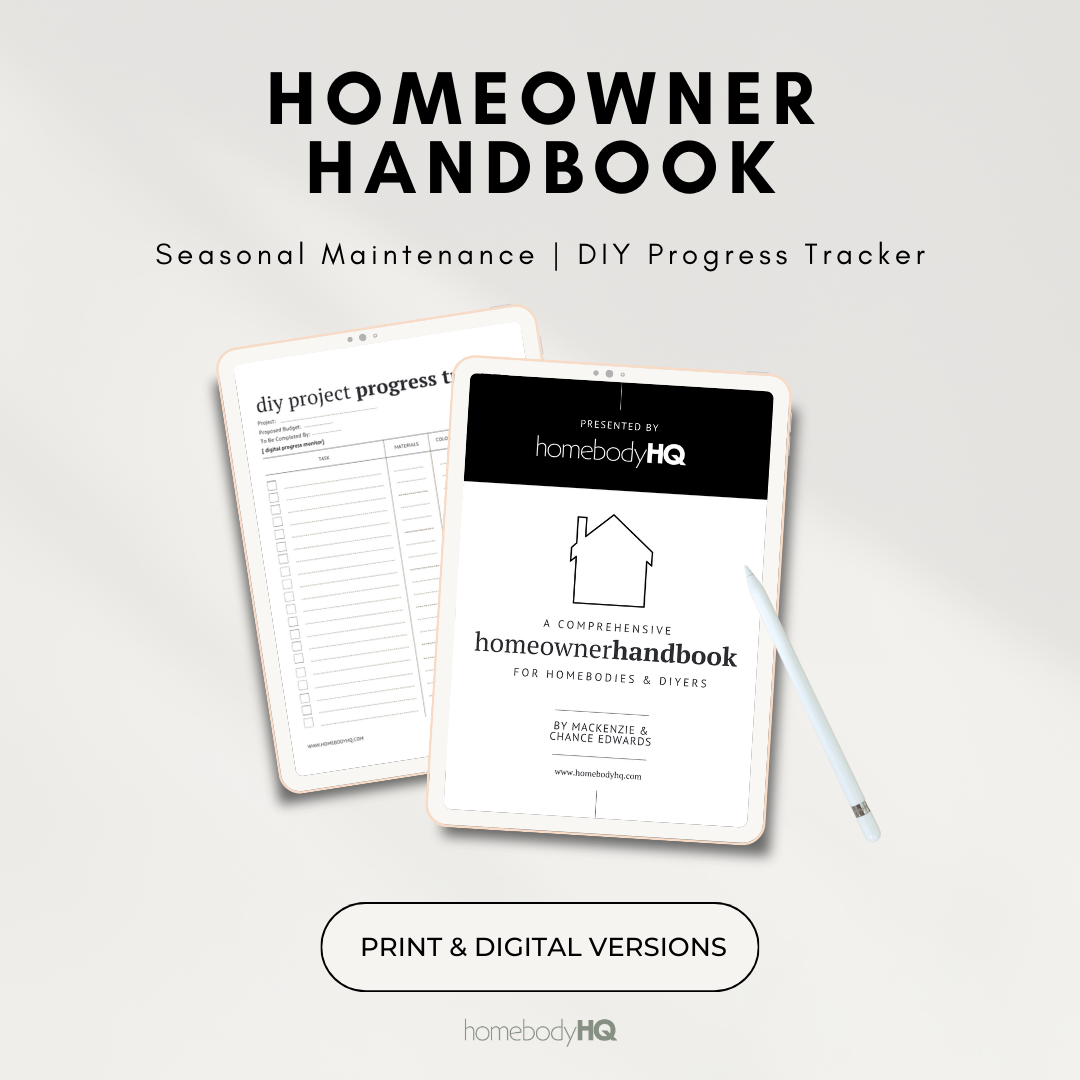Dealing with Frozen Pipes: A Comprehensive Guide to Prevention and Recovery
Hey there, new homeowners! Winter might bring a magical snowy scene, but it can also bring a not-so-magical issue: frozen pipes. When it gets really cold, the water in your home's pipes can turn into ice, causing trouble. In this guide, we'll break down everything you need to know about frozen pipes – why they happen, how to spot them, ways to stop it from happening, what to do if it does, easy fixes you can do yourself, and when it's time to ask for pro help. By the end, you'll feel ready to take on winter plumbing like a pro.
Causes of Frozen Pipes:
Okay, let's talk about why pipes freeze. It's not just the cold weather; it's also about some pipes not being wrapped up warmly, gaps in your home letting in chilly air, and certain spots not getting enough heat. Imagine your pipes as the heroes of your home, and we're here to give them the superhero gear they need to face the winter villain.
Low Temperatures: The most obvious factor is sub-zero temperatures that cause water to freeze inside the pipes.
Poor Insulation: Inadequate insulation in areas where pipes are located, such as basements, crawl spaces, or attics, can make them more susceptible to freezing.
Exterior Openings: Gaps or cracks in your home's exterior can allow cold air to seep in and affect the temperature of your pipes.
Lack of Heating: Unheated areas of your home, like garages or unused rooms, can expose pipes to freezing temperatures.
Identifying Frozen Pipes:
Ever noticed your faucets acting weird, strange smells in the air, or even frost on your pipes? Those are signals that your pipes might be feeling the freeze. We're going to show you how to be the detective that spots these signs early on, so you can jump into action before things get too icy.
No Water Flow: If turning on faucets results in little to no water flow, it could be a sign of frozen pipes.
Strange Odors: Frozen pipes can sometimes cause strange odors due to trapped debris or bacterial growth.
Frost on Pipes: Visible frost on the exterior of pipes is a clear sign of freezing.
Bulging or Cracked Pipes: In severe cases, frozen water can cause pipes to bulge or crack.
Preventing Frozen Pipes:
Let's be proactive about this! We're talking about wrapping your pipes up in a cozy blanket (not literally, but almost), sealing up any openings where cold air might sneak in, keeping your home comfortably warm, and even letting some warm air hang out under your sink. It's like giving your pipes a warm hug to keep them happy.
Insulate Pipes: Use pipe insulation or heating tape to protect vulnerable pipes from the cold.
Seal Gaps: Close gaps and cracks in your home's exterior to prevent cold air from entering.
Maintain Heating: Keep your home adequately heated, especially in areas where pipes are exposed.
Open Cabinet Doors: Allowing warm air to circulate around pipes under sinks can help prevent freezing.
What to Do if Pipes Freeze:
Uh-oh, your pipes got a bit too chilly. Don't worry; we've got a step-by-step plan for you. We'll help you find the frozen spot, turn off the water to avoid any floods, and use everyday tools like hairdryers to gently thaw things out. It's like defrosting your pipes and getting the water flowing again.
Locate the Frozen Area: Identify which pipes are affected. Typically, exposed pipes in unheated areas are prone to freezing.
Turn Off Water: Shut off the main water supply to prevent potential flooding once the pipes thaw.
Thawing Pipes: Use a hairdryer, heat lamp, or electric heating pad to gently thaw the frozen section. Start at the faucet and work your way back.
Open Faucets: As the pipes thaw, open faucets to allow water to flow and relieve pressure.
DIY Fixes and Materials:
Feeling hands-on? Awesome! We'll show you how to use things like hot towels and space heaters to melt away those frozen pipe troubles. Plus, we'll talk about affordable materials like insulation and heating tape that you can use to armor up your pipes against the cold.
Hot Towels: Wrap hot towels around the frozen pipes to gradually thaw them.
Space Heaters: Use a space heater in the affected area, ensuring it's safe and not left unattended.
Pipe Insulation: Apply additional insulation to exposed pipes for added protection.
When to Call a Professional:
You're the superhero of your home, but even superheroes need backup sometimes. If the pipe situation is too big or keeps happening, it might be time to call in the experts. We'll help you figure out when it's a job for the pros and when you can tackle it yourself.
Extensive Damage: If pipes are cracked or burst, professional repairs are necessary.
Recurring Issues: If you experience frequent freezing despite preventive measures, a professional can assess and address the underlying problems.
Hidden Pipes: If pipes are hidden within walls or underground, a professional can identify and address the issue safely.
Cost Considerations:
Let's talk about the dollars and cents of dealing with frozen pipes. The good news is that you don't need a superhero budget to tackle this issue. We'll break down the costs of DIY fixes and what you might expect if you decide to bring in a professional.
DIY Fixes and Materials:
If you're a hands-on homeowner, you'll be pleased to know that DIY fixes for frozen pipes are usually budget-friendly. Here's a quick rundown of costs for common materials:
Pipe Insulation: This superhero cape for your pipes comes in rolls and is quite affordable, ranging from $1 to $2 per linear foot. A small investment that can make a big difference in keeping your pipes cozy.
Heating Tape: This is like an electric blanket for your pipes. Prices vary, but you can typically find heating tape for around $20 to $50. It's a simple and cost-effective solution for preventing freezing.
Space Heaters: If you don't have one already, a portable space heater can cost anywhere from $30 to $150. It's a versatile tool that can come in handy for thawing frozen pipes and keeping spaces warm.
Professional Plumbing Services:
Now, let's say you decide to call in the pros. Professional plumbing services can range in cost depending on the severity of the issue and your location. Here are some ballpark figures to give you an idea:
Service Call Fee: Expect to pay anywhere from $50 to $150 just for the plumber to come to your home. This fee often includes the initial assessment.
Hourly Rates: Plumbers typically charge an hourly rate, which can range from $75 to $200 per hour. The total time spent on the job will influence the final cost.
Materials and Repairs: If parts need replacing or repairs are necessary, you'll incur additional costs. Replacing a section of pipe can range from $50 to $250, and this doesn't include labor.
Emergency Services: If you need help outside regular business hours, emergency services might come at a premium. Emergency call-out fees can range from $100 to $300.
Remember, these are rough estimates, and actual costs can vary based on your specific situation and your location. It's always a good idea to get a few quotes from local plumbers to ensure you're getting a fair deal.
In the end, whether you choose the DIY route or enlist professional help, knowing the potential costs upfront empowers you to make informed decisions and keeps you in control of your budget.
Dealing with frozen pipes requires a combination of preventive measures, prompt action, and, in some cases, professional intervention. By understanding the causes, signs, and preventative strategies, you can minimize the risk of frozen pipes and safeguard your home during the winter months. Remember, staying proactive and informed is the key to a smooth and stress-free winter plumbing experience.













